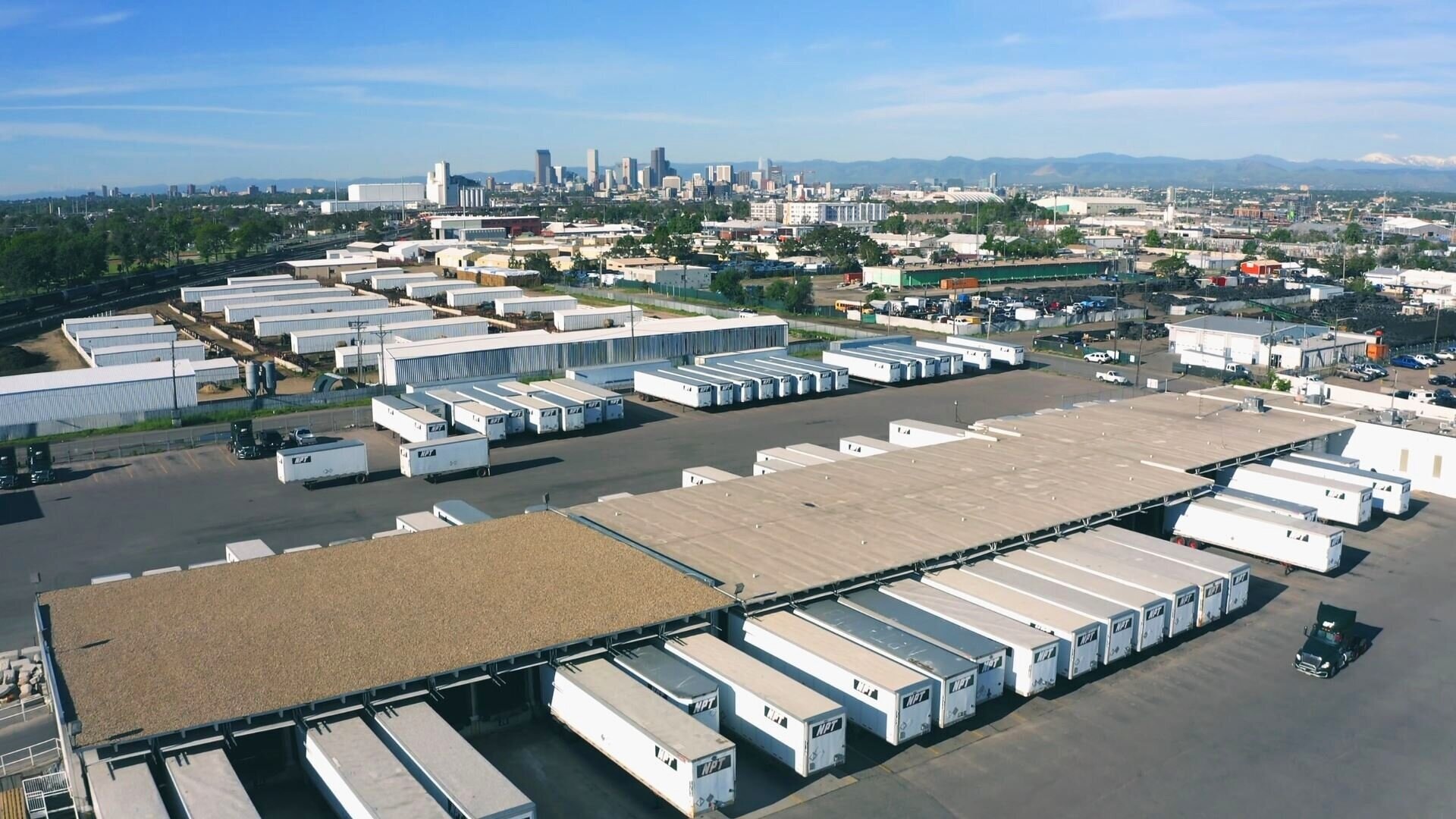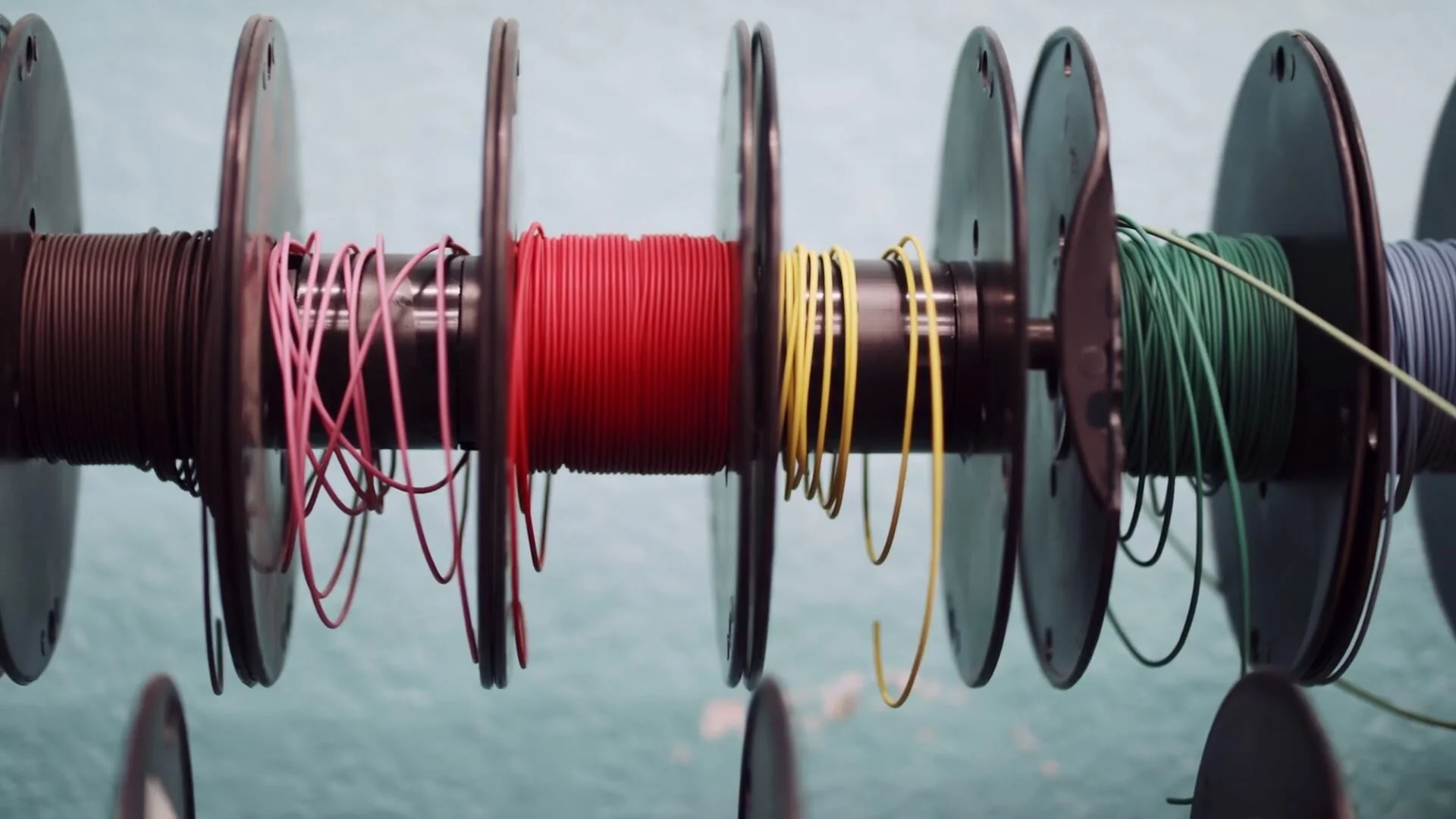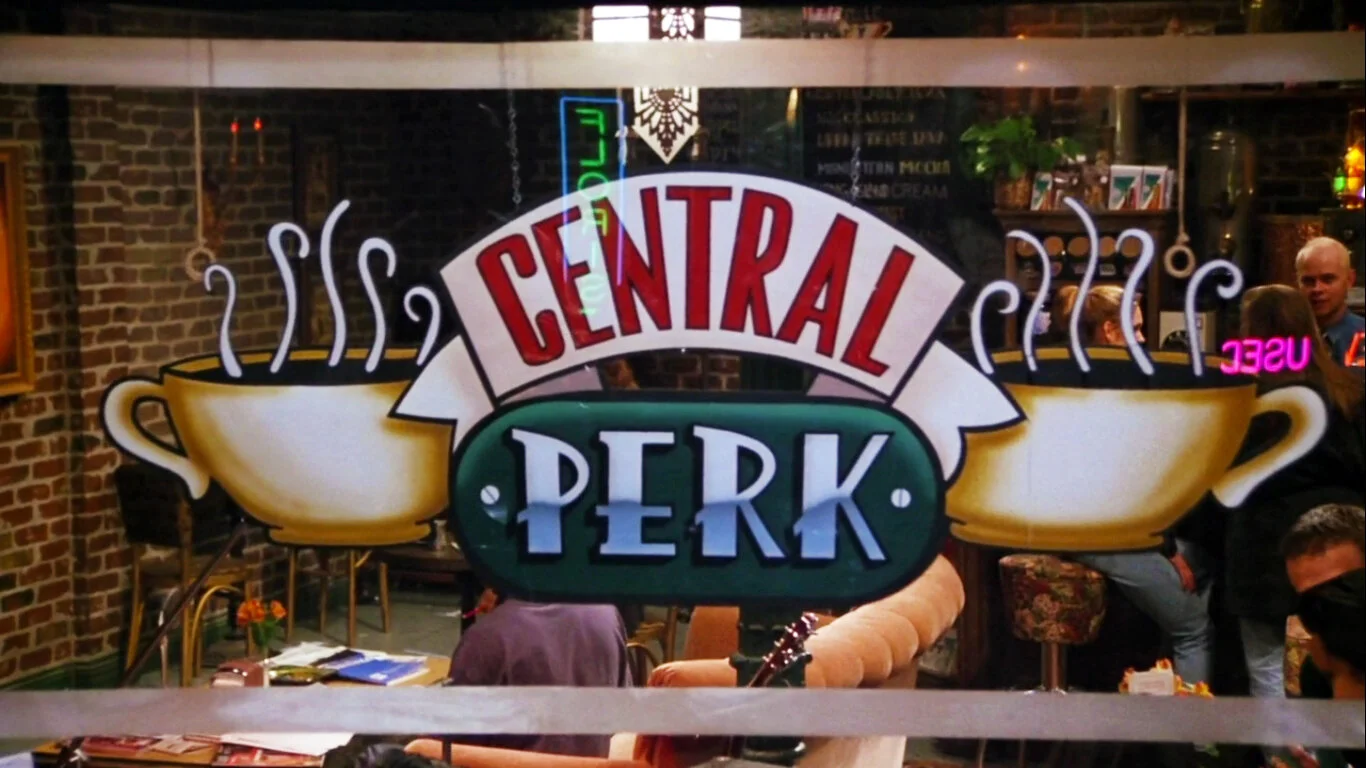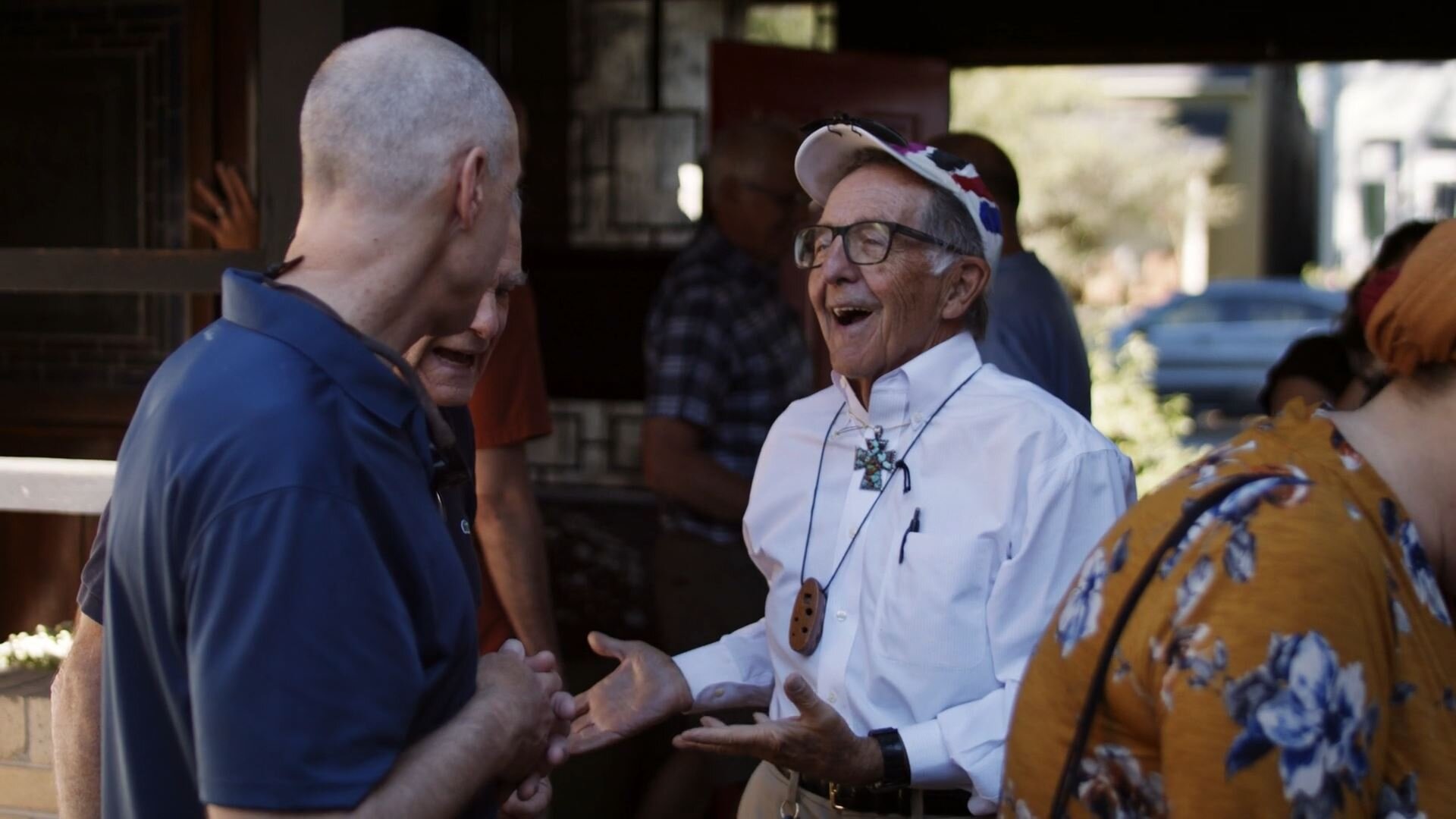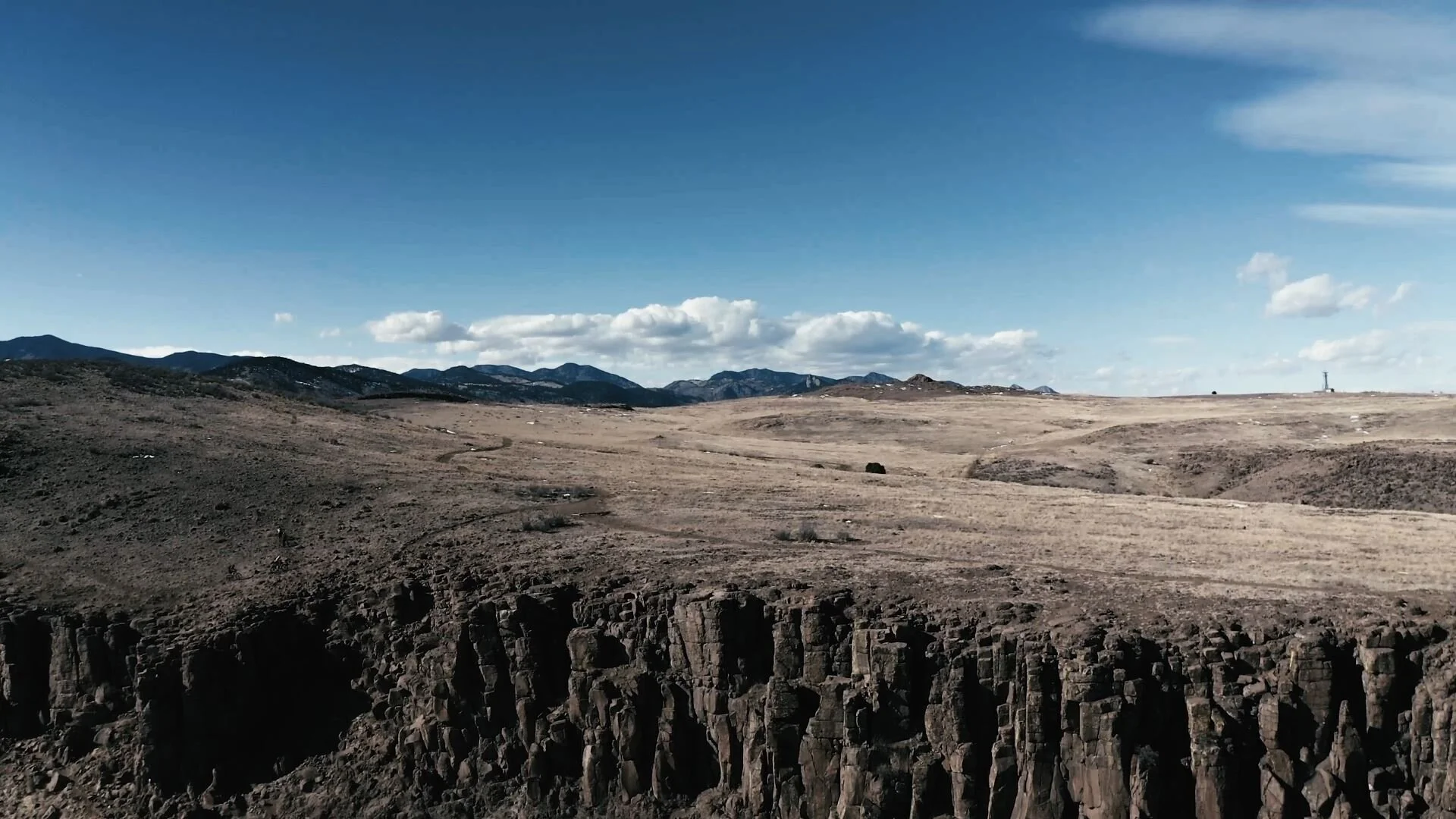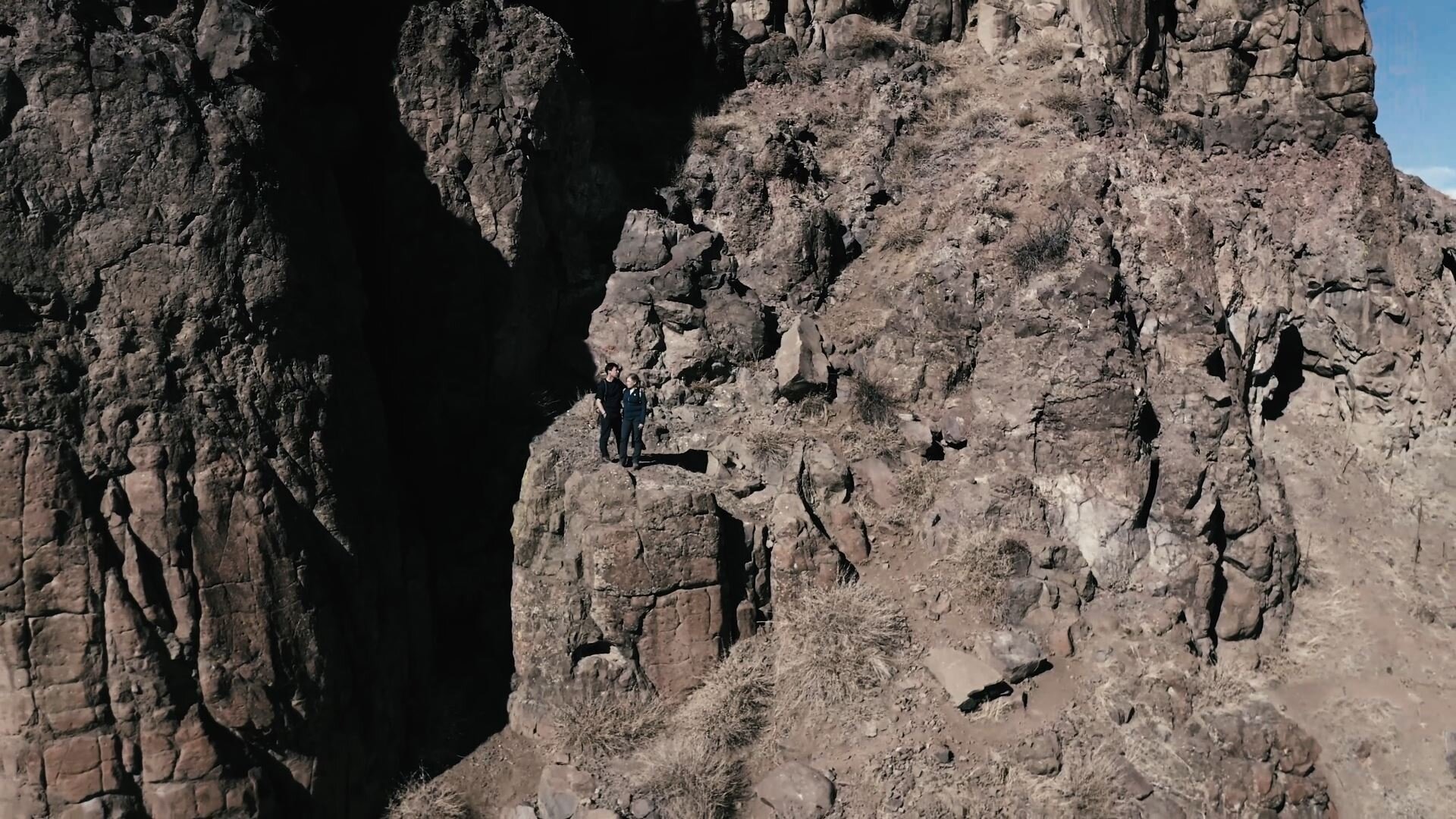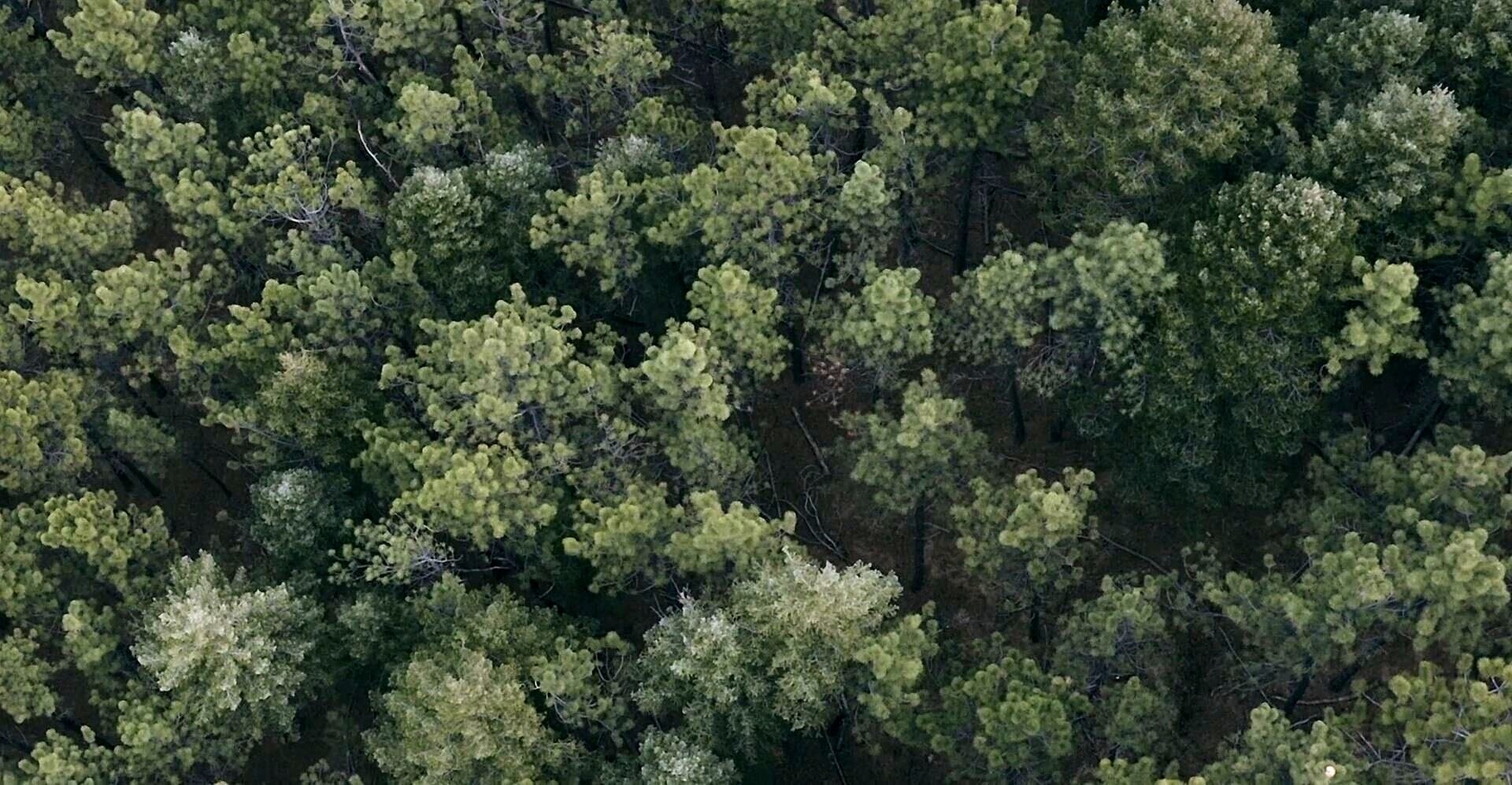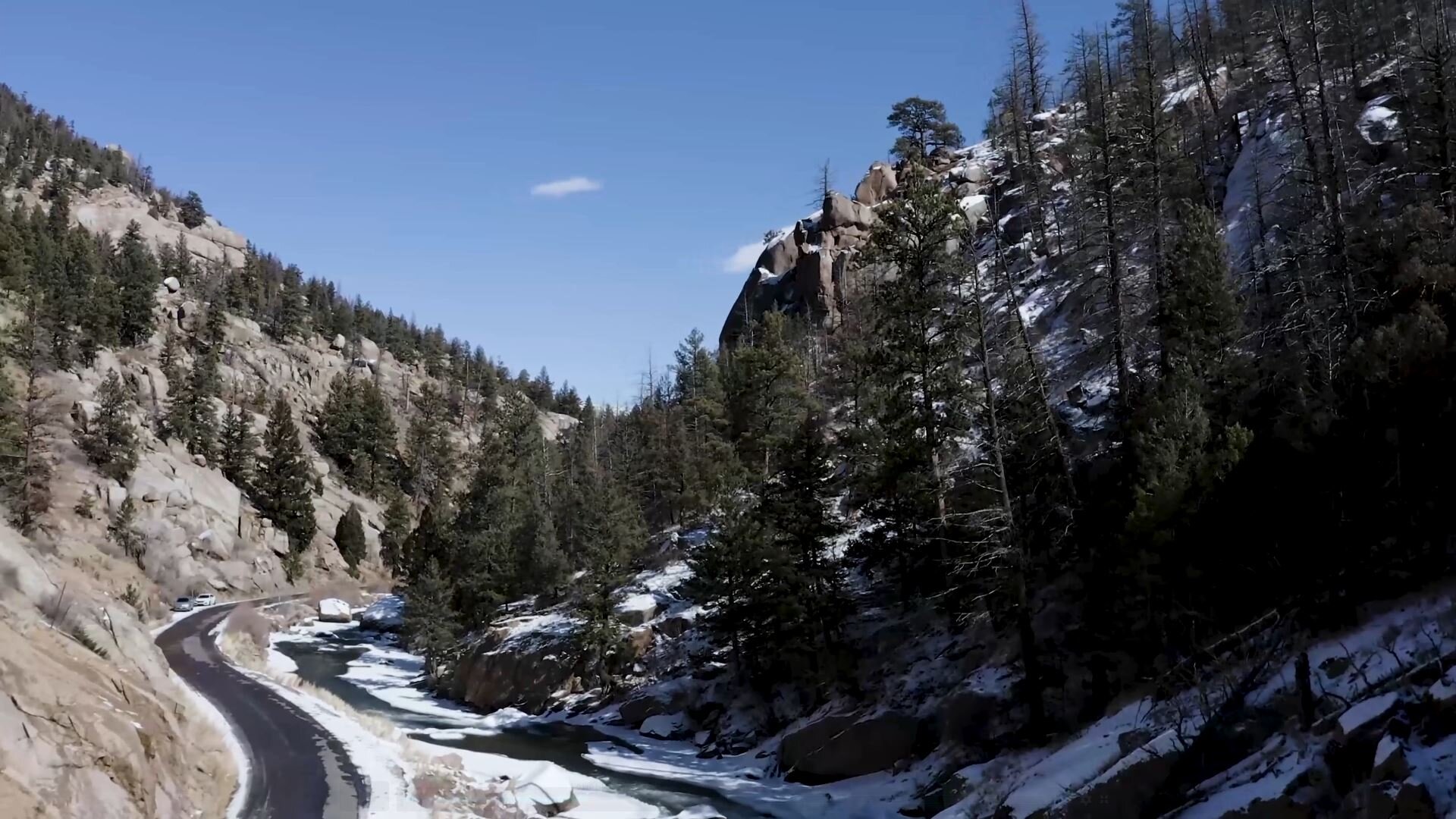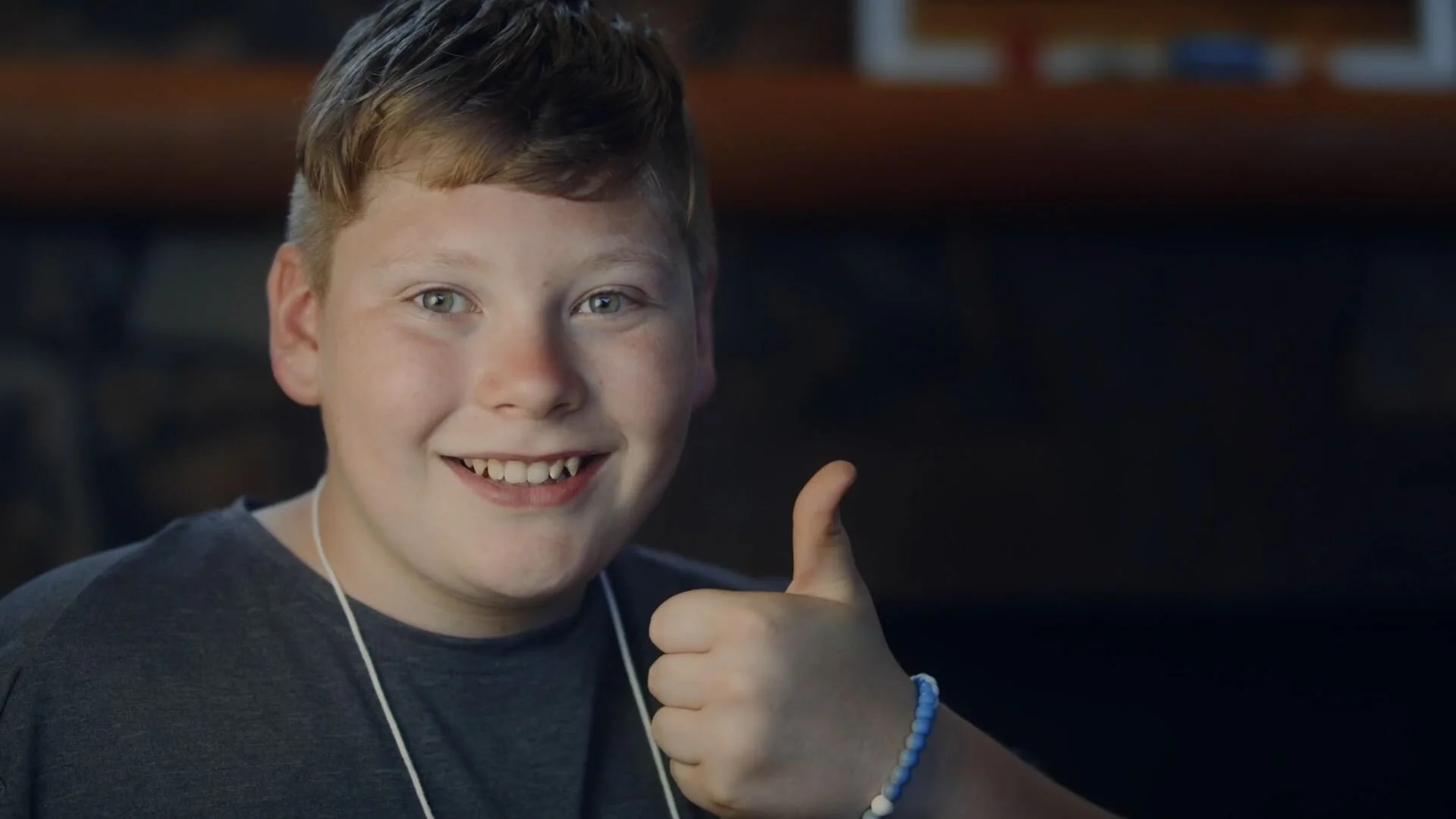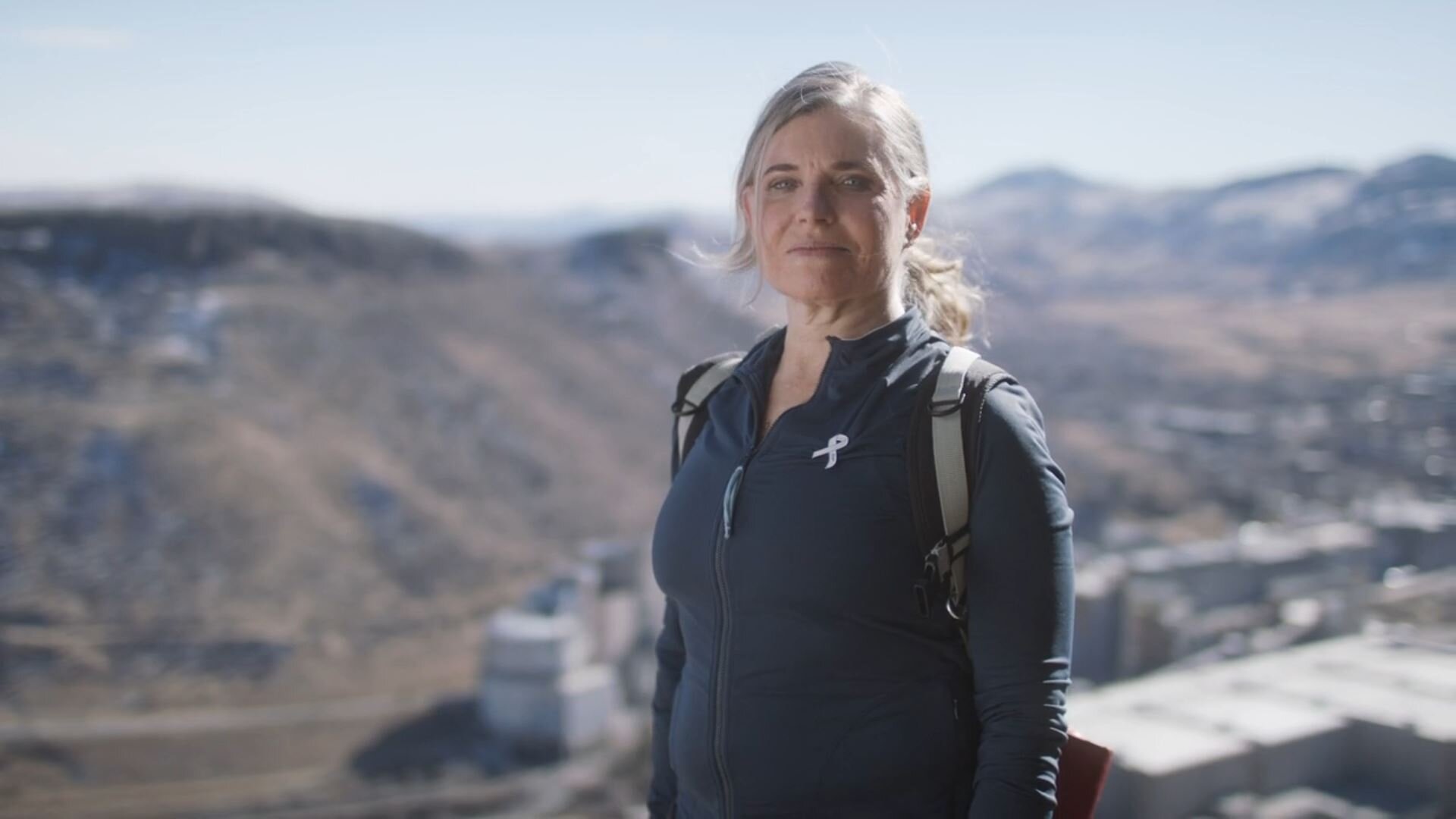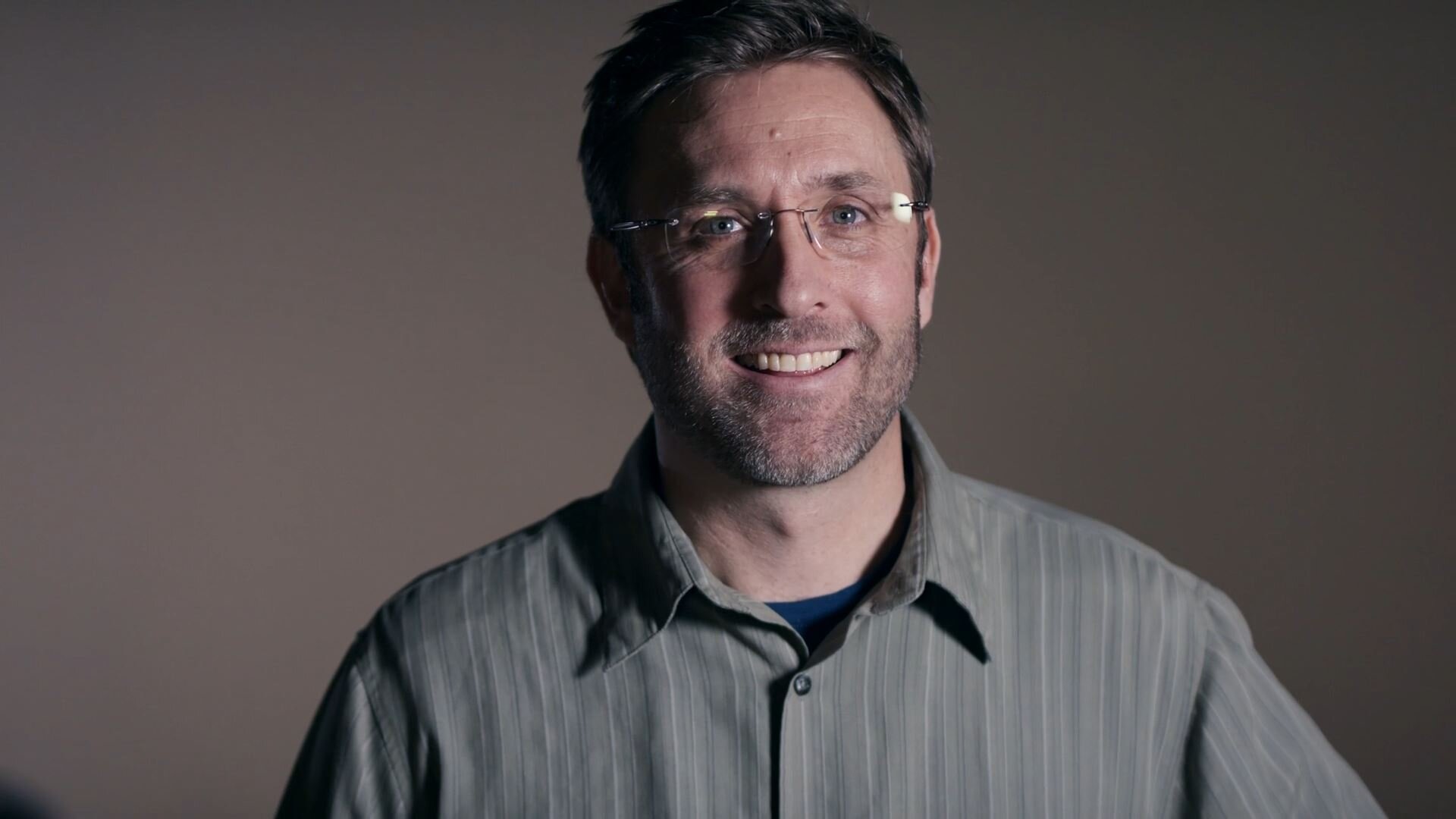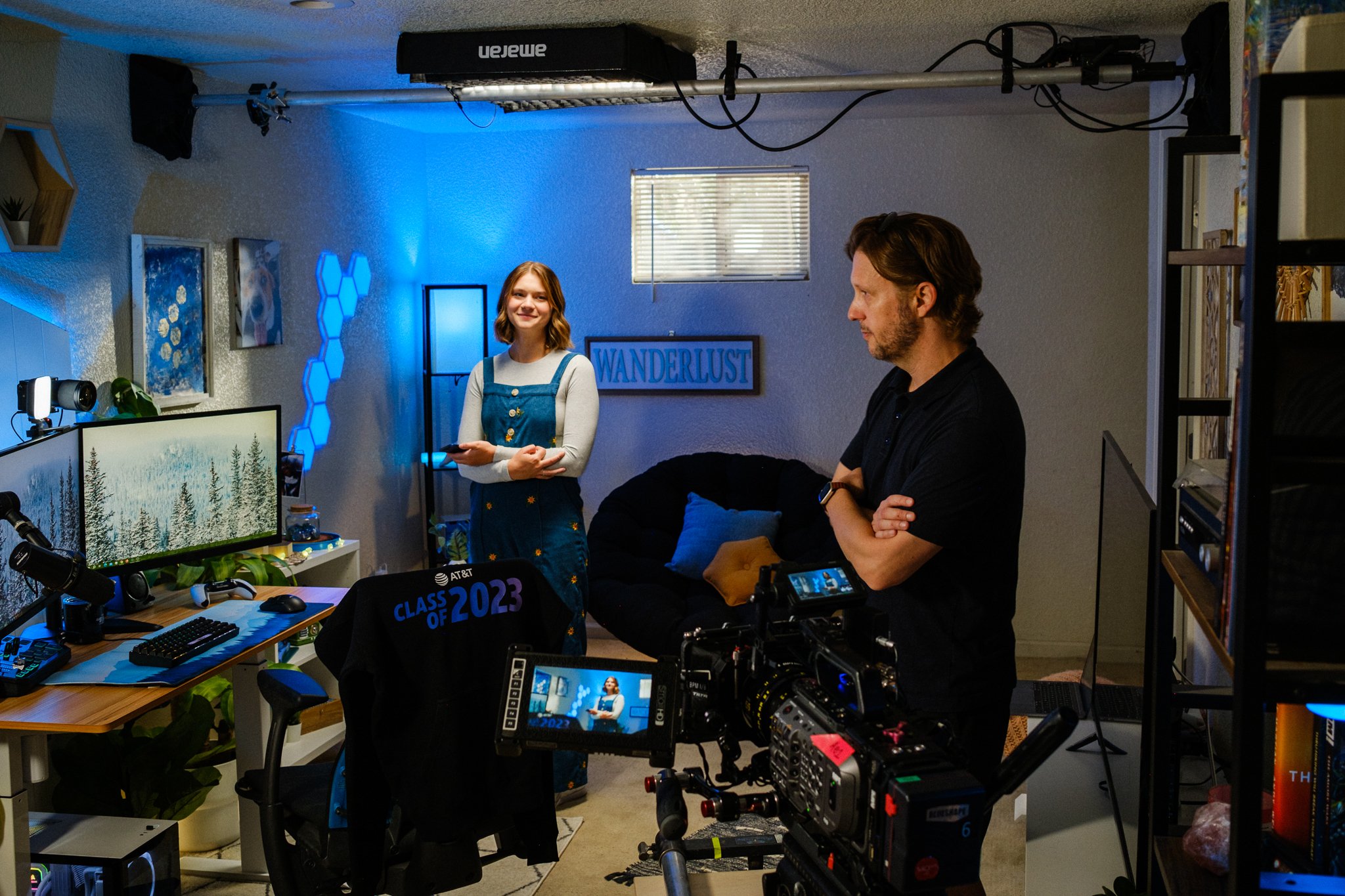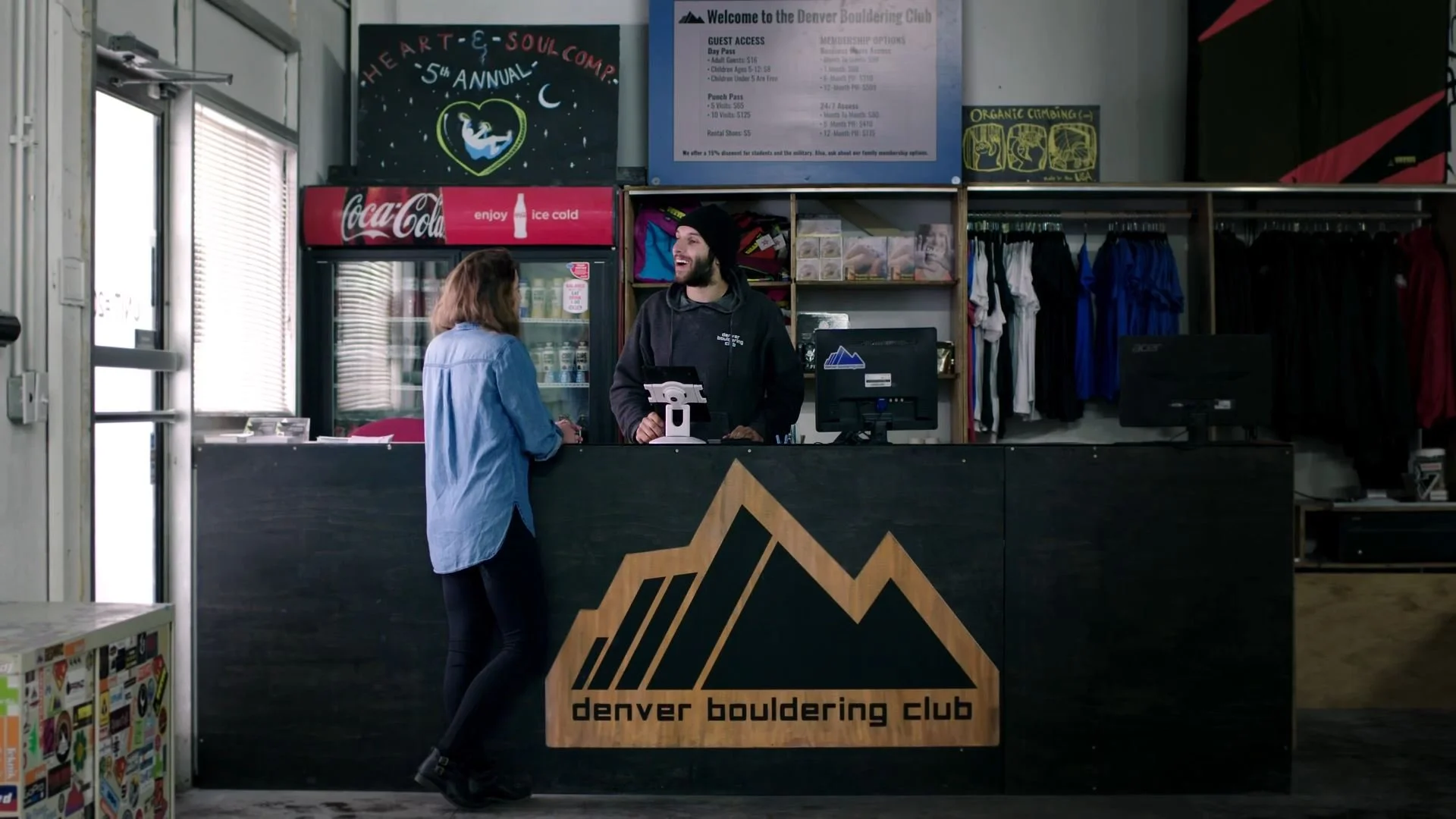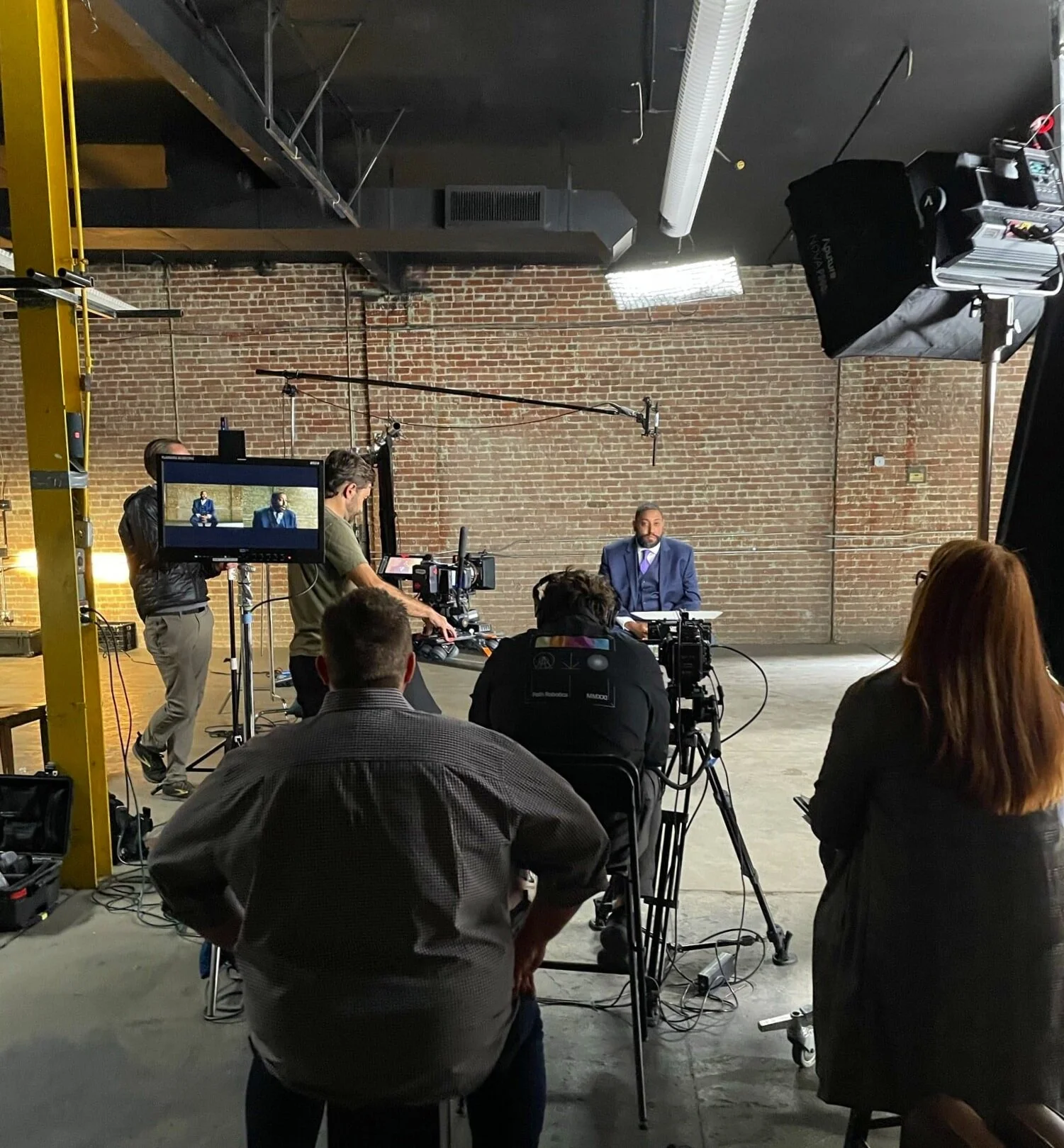What Is B-Roll Footage And How It's Used
Through examples of our own B-roll footage, we explain why and how this film technique is used to create dynamic, visual stories.
Image: Frame from B-roll drone footage shot for a brand video
No matter what type of video you’re creating, one of the main rules of thumb is that showing your audience is always better than telling them, and B-roll happens to be one of the greatest ways to do that. B-roll footage can provide information, context, and most of all a better viewing experience for your audience.
To put it simply, B-roll is the special sauce that can bring your video’s narrative to life, regardless of whether you’re producing corporate videos, news stories, films, or television. Today, we’ll be talking about all things B-roll. But first, let’s get a clear definition of what B-roll footage is, and then we’ll hop into the how and why it’s used with some real-life examples.
What is B-roll Footage?
We can’t define B-roll without first defining A-roll. While it’s a term that has somewhat fallen out of usage, “A-roll” is the primary footage used to tell the narrative in a video. You can think of A-roll as the main action in any video. B-roll, a term still very much used today, is secondary footage. It’s used as cutaway footage from the A-roll for a variety of reasons. The best way to explain those reasons is to get into examples to see how directors and editors use B-roll to bolster their visual storytelling.
Examples of B-roll + How & Why It’s Used
Engaging Your Audience
Establishing Shots
Transitions
To Show Time
Pick-up Shots
Related Objects, Subjects, & Actions
Stock Footage
Drone Footage
Hero Shot
Engaging Audiences:
As I mentioned, showing instead of telling your audience is how B-roll takes videos to the next level. B-roll clips create dimension in the way you tell your story and better hold the attention of your viewers. By cutting away from a static interview frame and showing relevant, aesthetic footage, your video is more likely to engage audiences.
Take this example of an introductory brand video we shot below. The voiceover explains the type of battery manufacturing they do, but instead of staring at the speaker, we shot B-roll clips to show what the speaker is talking about. Breaking up footage with this approach is much more appealing to viewers and holds their attention longer. Take a look:
Establishing Shots:
B-roll footage is what filmmakers generally use for establishing shots. An establishing shot is the opening shot of a scene or sequence. Its point is to give the viewers context of a scene’s setting or objects related to the main subject in a video, film, or T.V. show.
An easy example of establishing shots is the shots we see in the opening scenes of television shows. You’ll often see a brief shot outside of a bar, apartment, or office, and then a cut to the interior, where the action then takes place. One example you’re probably familiar with is the one below from the show Friends. The first two shots, one of the New York City skyline and the other outside the Central Perk coffee shop, are both establishing shots that give context to the show’s setting:
The same formula is used in corporate marketing videos. We recently used our drone to capture some B-roll footage that we used for the establishing shots of a local transportation company here in Colorado. These opening shots are a great way to show their intended viewers that the company’s facility is just outside Denver. Check it out below:
Transitions:
B-roll footage is used to create smooth transitions from one A-roll scene to the next. These transitional shots could be a whole range of things, but their primary purpose is to stitch the primary footage together in a seamless and oftentimes cinematic way.
Note that transitions can sometimes be establishing shots. For example, if you’re cutting away from a scene at one location, the transition shot is often an establishing shot for the next location/scene.
But, there are many other ways B-roll footage is used for transitions, such as relevant B-roll clips between one interviewee to the next. We do this because a jump cut from one talking head to another isn’t as smooth or interesting of a video as one that transitions with the thoughtful integration of B-roll footage. Unless however, it’s done in a specific way for a certain reason.
Here’s a clip I pulled from a brand video we produced for Crossfit IPA. It shows how we’ve included B-roll clips to transition from one interview to the next.
To Show Time:
B-roll footage is sometimes used to show time in a film or television show. A sequence of B-roll shots may be arranged to show that time has passed, convey a certain period of time in the narrative, going into the past, etc. A good example is sometimes we’ll see exterior shots of the weather or seasons changing to convey that time has passed. It’s a great way, again, to show your audience something instead of telling them.
Pick-up Shots:
Pick-up shots are considered B-roll. They are shots taken after the main action has already been shot. This footage is shot to either gather more angles and close-ups or to re-shoot certain footage due to the poor quality of the initial footage. They are generally planned and included in the film schedule unless it was due to the latter (poor quality).
Related Objects, Subjects, & Actions:
Any footage of the narrative’s related objects, subjects, and actions that aren’t directed by the videographer is considered B-roll footage. Think of a news sequence about an overpopulated beach that’s been left with tons of litter. The B-roll footage would be something like people walking and sitting on the beach, close-ups of trash, and that sort of thing. None of those shots are directed.
As for an example from our own work, one of my personal favorites is a still frame I pulled from a lifestyle video our video production company shot for a local church. In it, they explain how friendly and welcoming their community is. To portray this, our cinematographer captured authentic footage of the congregation interacting before and after a sermon. Below is a frame of a candid interaction he captured:
Stock Footage:
Stock footage is B-roll. It’s often used in one of the ways we’ve described above, to give context to a location or time. Think of stock footage as a clip of a city skyline or a collection of historical imagery. Our team doesn’t use stock footage for our work, but we have included personal photos in a few videos, as requested by the client, to tell the story of the speaker. The insert of those photos is considered B-roll — just another type of cutaway footage.
Drone Footage:
Drone footage is a good direct example of B-roll footage. It’s an amazing way to establish a location and/or add something a little special to your video. As long as it makes sense to include ariel shots, it can build a more dynamic narrative that’s interesting to watch.
Below is a video we created in partnership with Patient Point and HEVĒ Studios, where we worked to tell the story of Heidi's journey with lung cancer. In it, we captured drone shots of Heidi as she hiked the Golden Cliffs. I think the hiking is a sort of metaphoric way to tell about her journey, and the drone shots are that sort of different perspective we get after having gone through something.
Hero Shot:
I wanted to include hero shots in this list because I really love the way our owner Jeff Riley captures these in our work. Hero shots are defined in a couple of ways depending on which industry you’re referring to. In marketing, a hero shot is an image that demonstrates to prospective customers what it’s like to use a product or service. Though in filmmaking, there’s what’s called a hero shot that introduces or defines the hero/protagonist in the story. In the videos we produce, we often use the style of a hero shot as it’s done in films. It gives us a nice cutaway shot while also framing the speaker.
Below you can see a video I stitched together that includes hero shots of the kids interviewed in a lifestyle video we created for a summer camp. I also pulled a couple of still frames of hero shots from other video projects we produced that I love.
B-roll & Creativity
Though B-roll can appear simple on the surface at times, it’s actually a space where videographers and production companies can get creative and use their artistic eye. Filming B-roll for all the reasons I noted above is very common, but the way it’s executed really depends on the expertise and creativity of who is shooting and editing the footage. When done skillfully, it can build tension within your narrative, create a cinematic experience, and effortlessly guide the viewers’ understanding.
Who shoots the B-roll?
The person who shoots the B-roll footage can vary greatly. It really depends on the project and what kind of B-roll is needed. This is especially true for feature films and larger video projects. As for our video production company, we often use the same cinematographer who is shooting the rest of the video. However, as seen above, we use a drone for some of our projects, which requires special licensing. For that type of B-roll, we either have our co-owner/director Jeff Riley operate it or one of our closest colleagues who is also licensed.
To close, B-roll footage can completely transform your videos. It’s is an important technique that is necessary to guiding narratives and engaging audiences. But, it relies on a quality videographer and editor who are skilled visual storytellers.
Don’t let your videos fall flat! Contact our Noble Bison team to help you create your next video project. Get a free quote by clicking the button below:
NOBLE BISON PRODUCTIONS
A DENVER VIDEO PRODUCTION COMPANY
BROADCAST COMMERCIALS - MUSIC VIDEOS - BRAND VIDEOS - FILMS - ANIMATION & MOTION GRAPHICS - DRONE FOOTAGE - BRAND VIDEOS - WEBSITE BANNERS - SOCIAL MEDIA VIDEOS - CORPORATE VIDEOS- DEMOS - EXPLAINERS
Are you looking for a quality Denver video production company? Our Noble Bison Productions team would love to hear about your needs and get to know you. Click the button below to send us a note!
Have more time for reading? Check out these related blogs:

